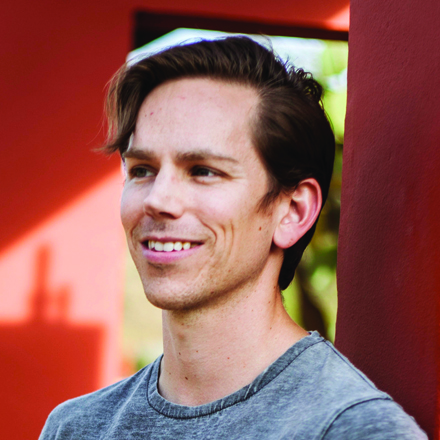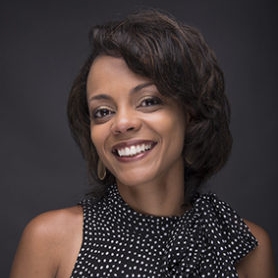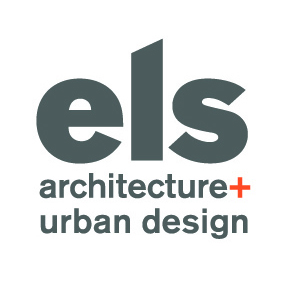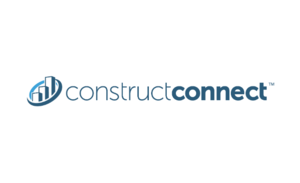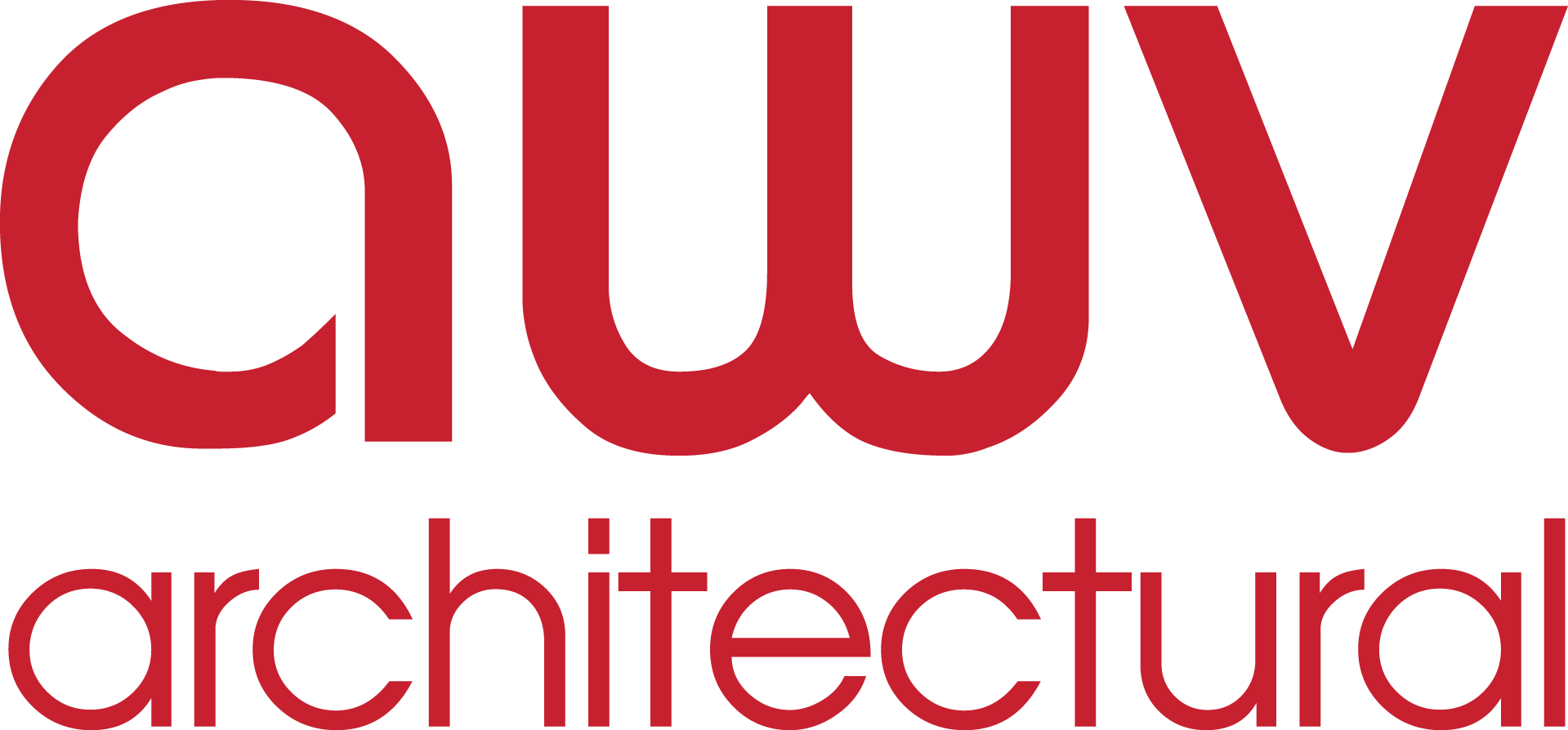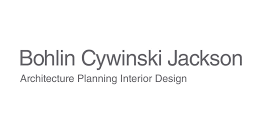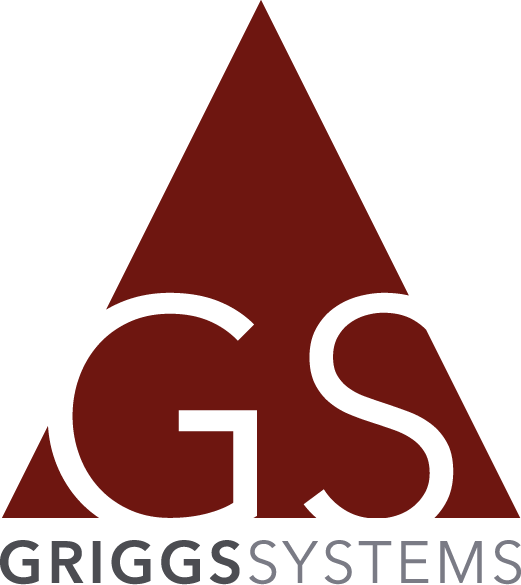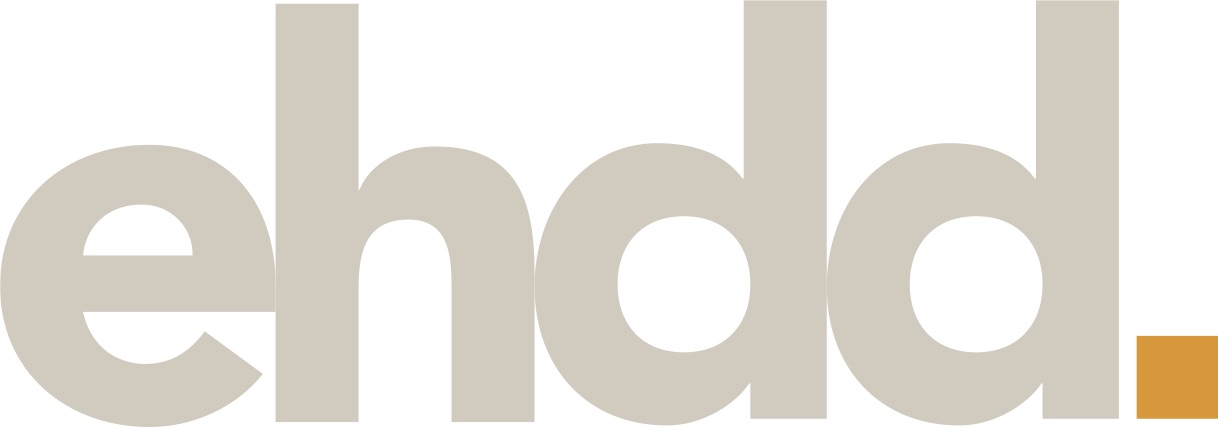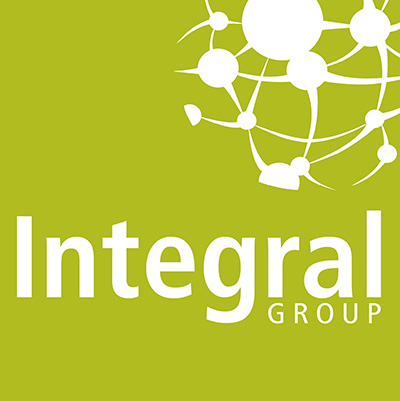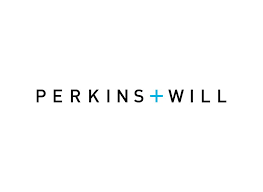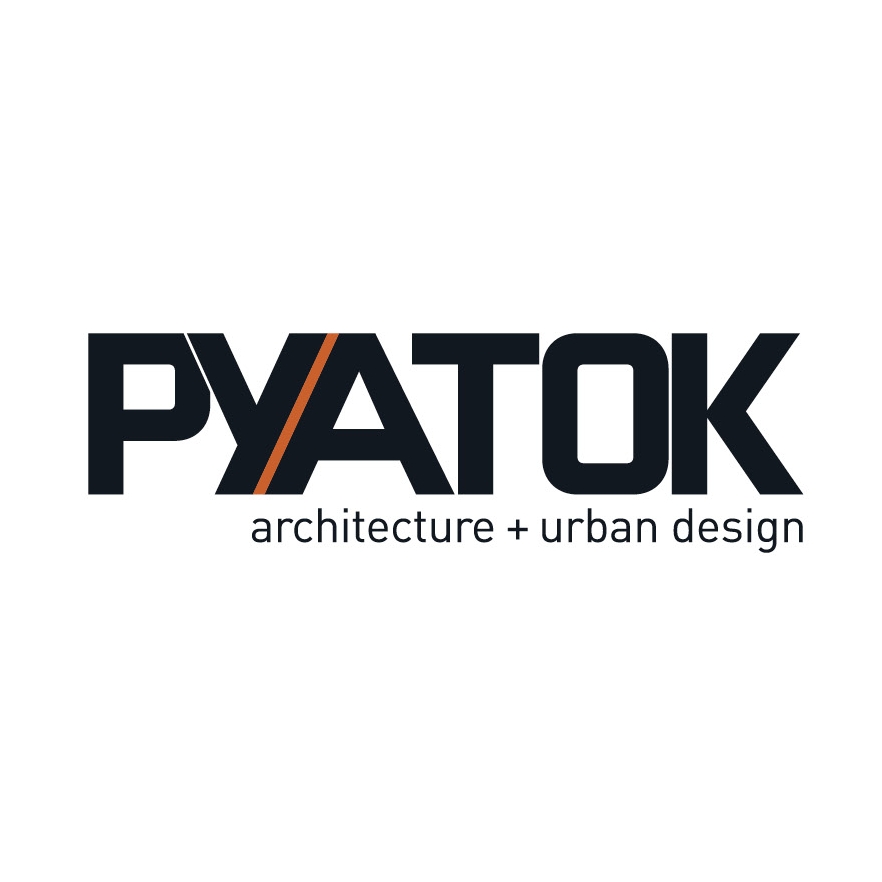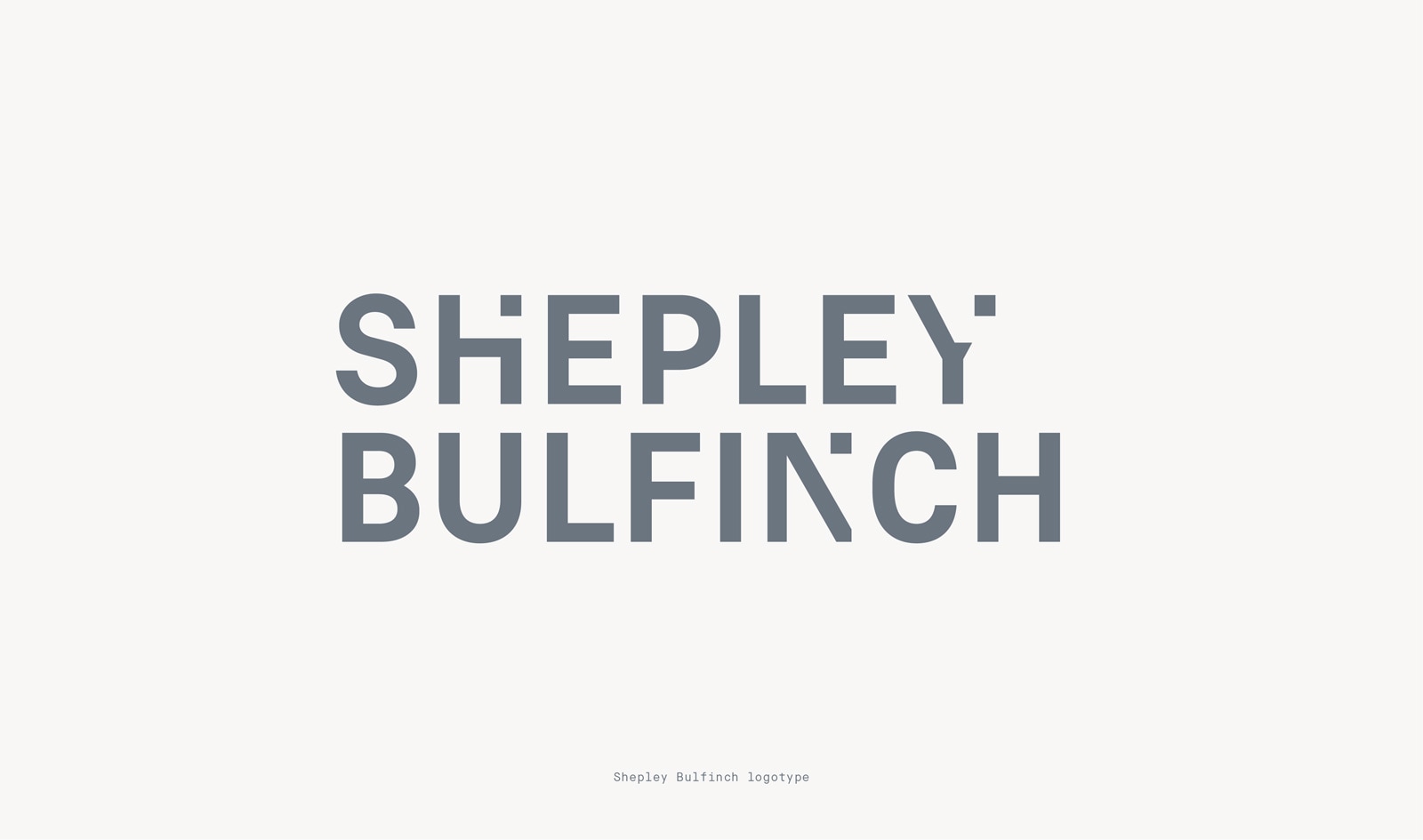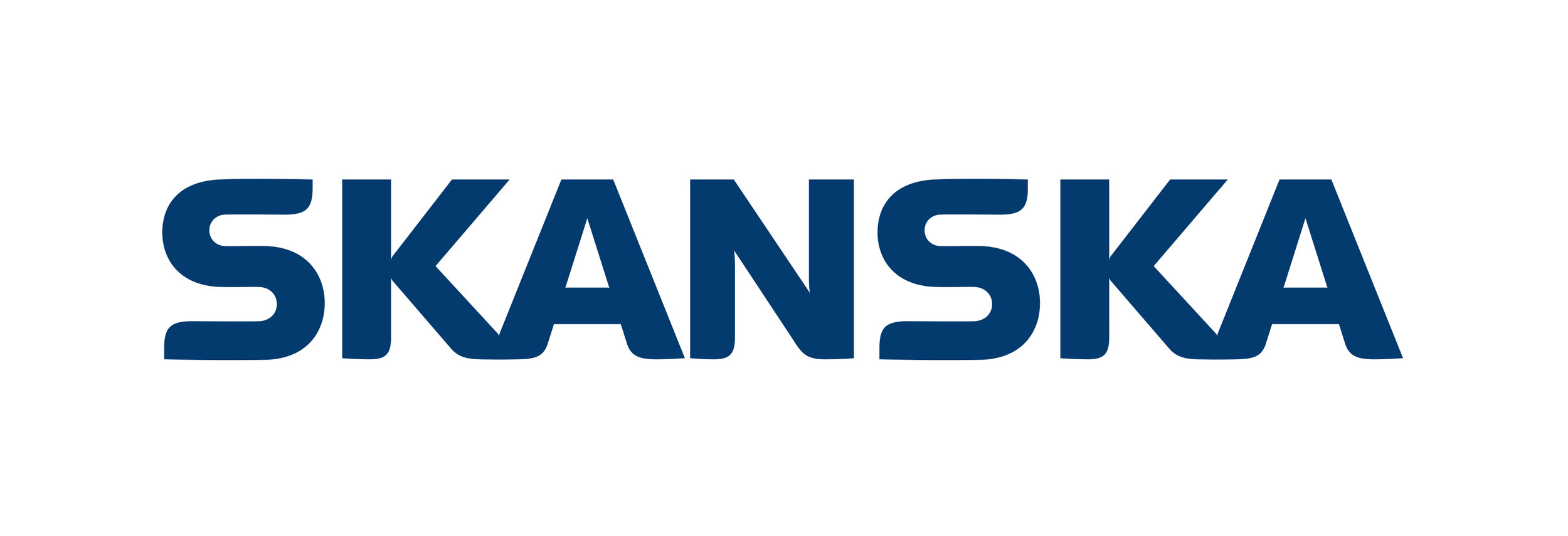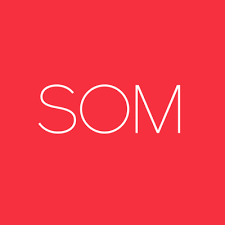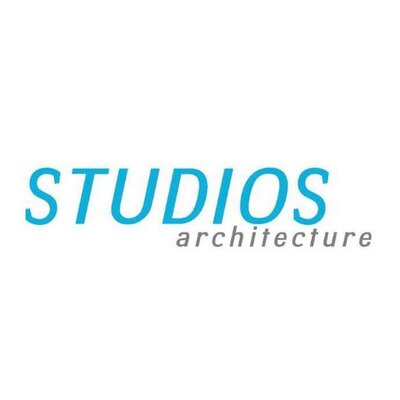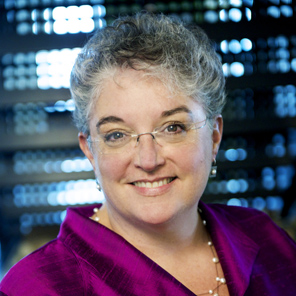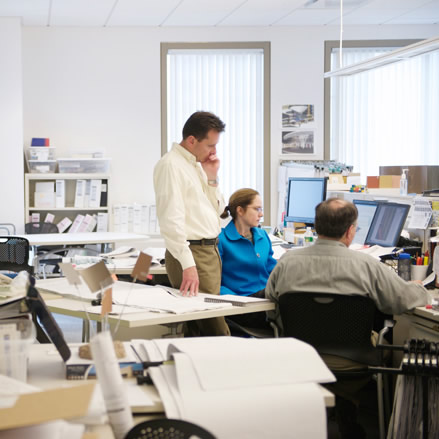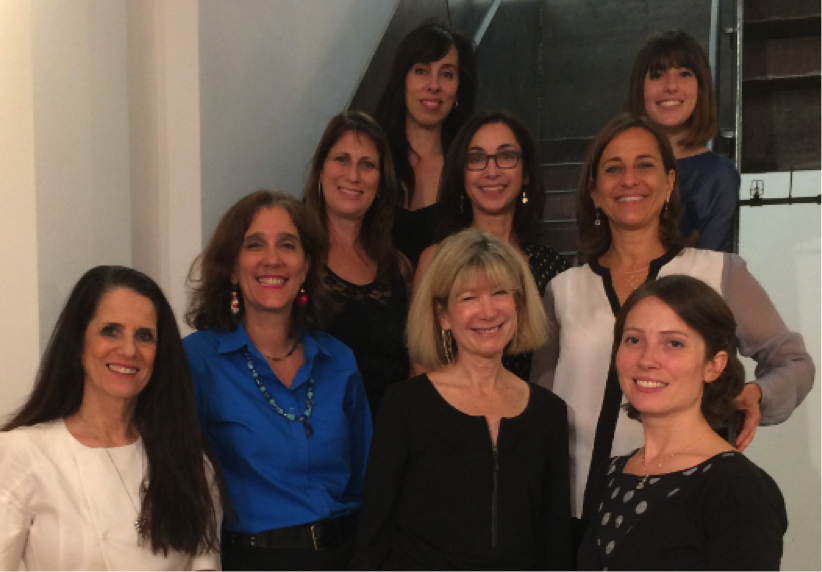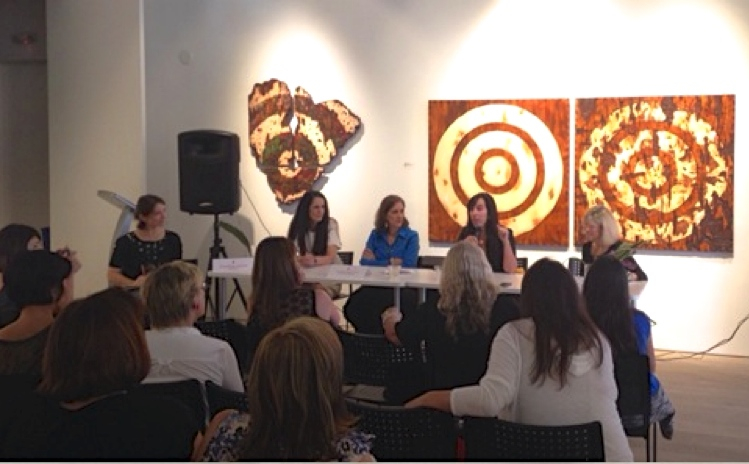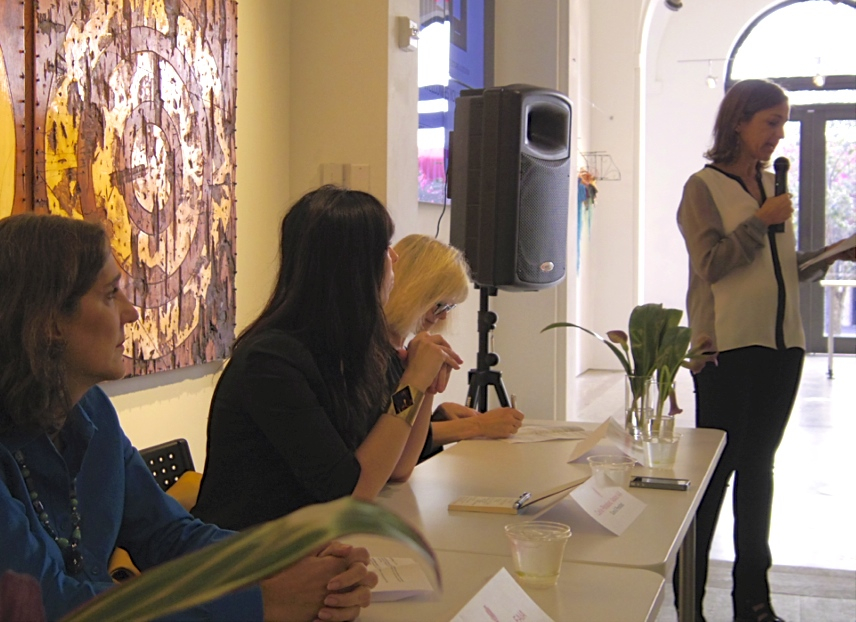We are excited to share the #EQxDV: Storytellers Video of the opening program to the #EQxDV Symposium last year on November 2, 2018.
To attract and retain the most diverse talent we must hear from those in practice and beyond. This year our platform will continue to amplify voices and hold inclusive space for everyone, regardless of position or identity, to speak up and be heard. We are privileged to have four champions share their stories of challenge and inspiration to build empathy, advance our conversations and actions forward.

Photo courtesy by Wanda Lau
The amazing journeys of Beau Frail, AIA, Damaris Hollingsworth, AIA, A.L. Hu, Associate, AIA, and Sandra Vivanco, RA, SEED, are just as impressive today as they were when they stepped up to be vulnerable with their inspiring stories - experiencing at times great challenge while finding a way transcend and triumph.
We are also grateful to Julia Mandel and Christopher Kerr for the curation and coaching for our storytellers.
Video by Conor Hagen, Filmmaker
Beau Frail is an architect, artist, and writer. He is the Principal of Activate Architecture, a firm based in Austin TX, that collaborates with communities, cities and clients to create socially engaged, sustainable, and beautiful spaces. Beau was the 2017 Association for Community Design Fellow. He serves on the Texas Society of Architects’ Board and the AIA National Associates Committee. Beau’s civic engagement includes serving as a Design Commissioner at the City of Austin and as a founding member of the Open Architecture Collaborative Austin chapter. He shares his art and poetry as a form of activism highlighting LGBTQ+ themes.
V.P. THOR Design Plus, THOR Companies
Damaris Hollingsworth has an Architectural and Urban Design degree from the Faculdade de Arquitetura & Urbanismo at University of Sao Paulo, Brazil. Having moved to the Unites States of America in 2006, Damaris has since become a Registered Architect, a LEED accredited professional and holds a NCARB certificate.
As the Vice President of THOR Design Plus at THOR Companies, Damaris empowers high-performing teams to produce innovative and memorable projects. She ensures that her team develops a distinctive architectural design that aligns with client’s needs, budgets and schedules. A pillar of her philosophy is creating holistic spaces that are accessible to everyone in the community. Her ability to establish a clear vision among a cross-functional team ensures each expert is able to effectively contribute to the overall project.
Damaris’ dynamic and engaging personality combined with her global and multicultural background enables her to connect with people from all walks of life. Her approachability makes people feel relevant and the outcome of her work makes it clear that all voices matter.
With vibrancy and grace, Damaris is poised to expand the reach of inclusive architecture as a way to promote social justice and to beautify all communities.
Her design solutions are deeply rooted in the people it serves, while responding to both community values and economic realities. Her resiliency inspires all around her to be productive and stay engaged.
Damaris’ servant leadership is showcased through her service to the design profession as the 2016-2018 President of MSP AoA NOMA chapter and through being an engaged member of the AIA MN, serving as the 2016-2017 co-chair for the Women in Architecture Committee and as a member of the 2016 Strategic Resource Team.
Architectural Designer, Solomonoff Architecture Studio
A.L. is a queer, non-binary person of color working as an architectural designer at Solomonoff Architecture Studio in New York City since 2017. They have worked on residential and institutional projects. Prior to joining SAS, they worked as a designer at Turnbull Griffin Haesloop Architects. A.L. holds a Bachelor of Arts in Architecture from UC Berkeley with a minor in Sustainable Design, and a Master of Architecture from Columbia University.
Their activism is at the intersection of architectural labor and gender equity, and manifests in written and visual media forms. Their research focuses on working with other people and communities to understand and rethink the architect's role in creating inclusive spaces. They are a member of as well as a conduit connecting many organizations, including The Architecture Lobby, QSPACE, ArchiteXX, and AIA New York. They have a Master of Architecture from Columbia University GSAPP, as well as a B.A. Architecture and minor in Sustainable Design from UC Berkeley. Website: a-l.hu ; Twitter: @a_l_hu
Sandra I. Vivanco is the founding principal of A+D, Architecture + Design in San Francisco. Based on the premise that inclusiveness and design excellence can and should co-exist, the work of A+D is globally recognized and operates at multiple scales. As one of a handful of Latina-owned architecture firms in the country, A+D explores cultural identity representation as design inspiration for new and invigorated public spaces. Vivanco has practiced architecture in Japan, Portugal, Peru, Italy, Mexico and Brazil. Most notably, she worked for Portuguese Pritzker prize winner Alvaro Siza in 1990.
Widely recognized as a rigorous modern architect with a deep commitment to public work, Vivanco is also well known as a LatinX cultural expert with profound knowledge of modern art and architecture in Latin America. She is currently the Architect of Record for The Mexican Museum in San Francisco, due to open in 2020. Vivanco was selected Architect of Community as one of 10 Architects to Watch featured in California Home & Design magazine in 2010. Last year, she received the Education Award in the AIA San Francisco Community Alliance Awards program.
As a California College of the Arts Professor of Architecture and Diversity Studies and Co-Director of the CCA BuildLab; Vivanco skillfully synthesizes theory and practice in her work. Sometimes design proposals start in the classroom and are deployed as design-build projects. Other times a professional commission might find a different life in an academic studio. Two successful recent examples are the permanent built interventions by her students at Plaza Adelante - a community service and art center for Latino immigrants - and an urban design studio proposing a temporary global event on 38 acres of waterfront remediated land owned by PG&E. Vivanco is a San Francisco Mission neighborhood resident and activist, an avid dancer, a proud mother of two public school graduates and is fluent in Spanish, Portuguese and Italian.




